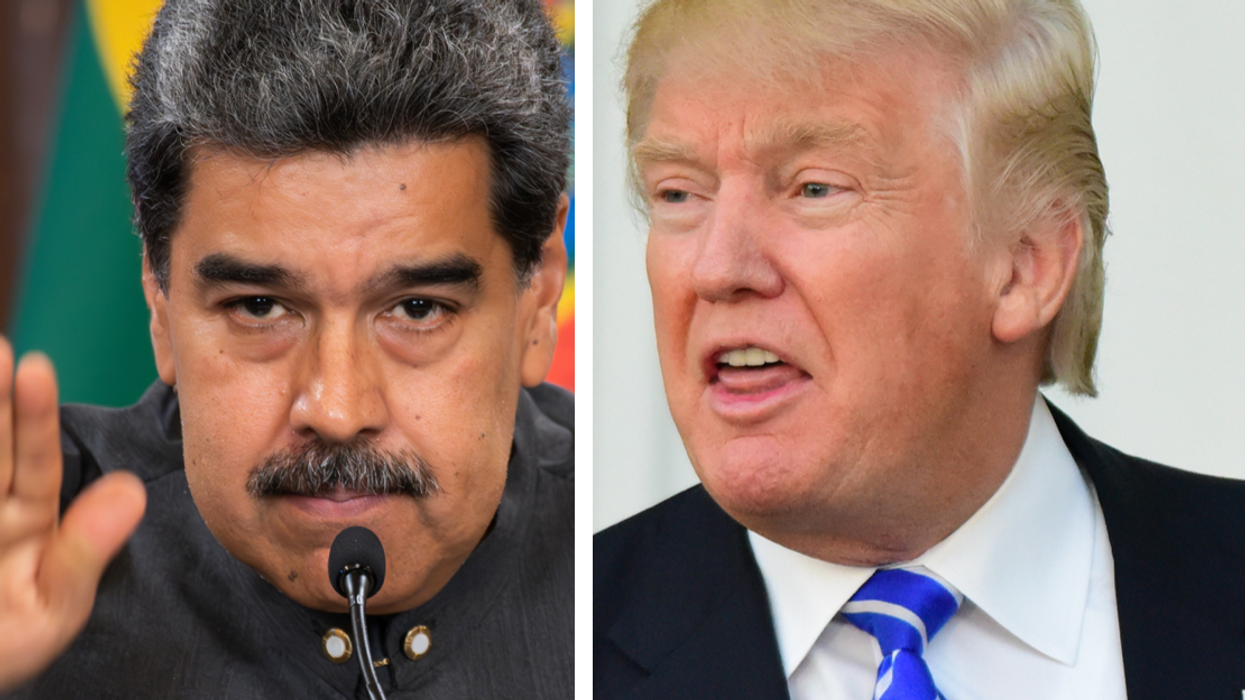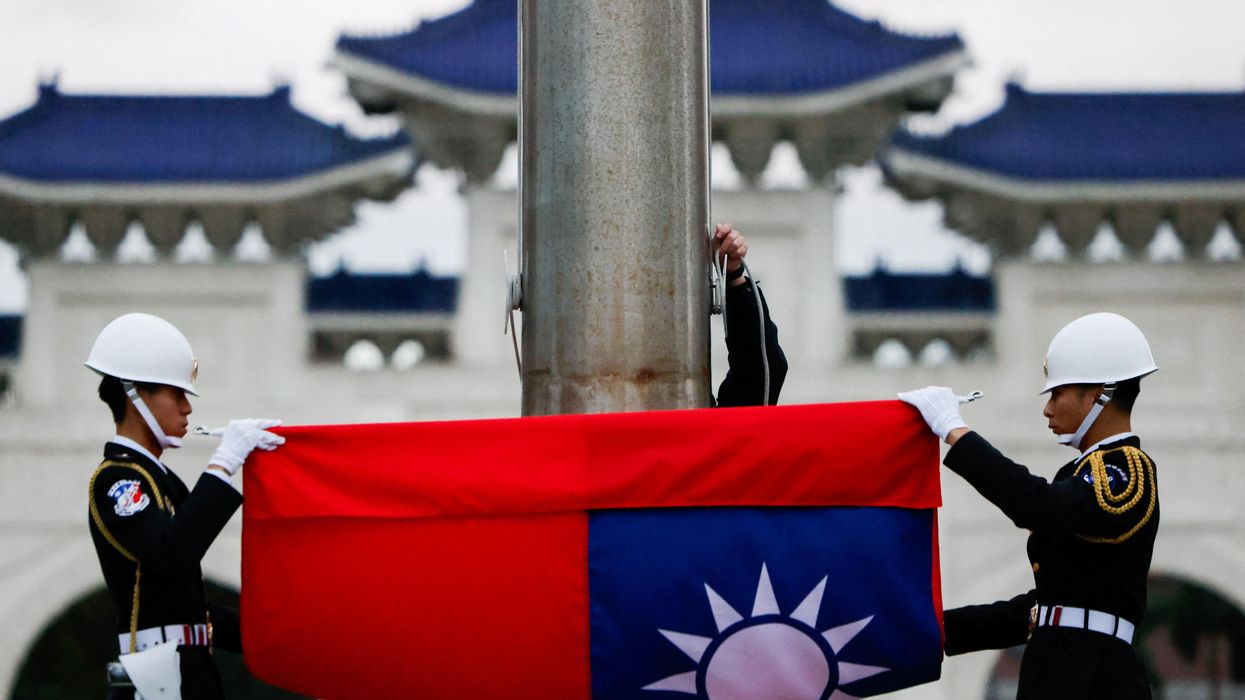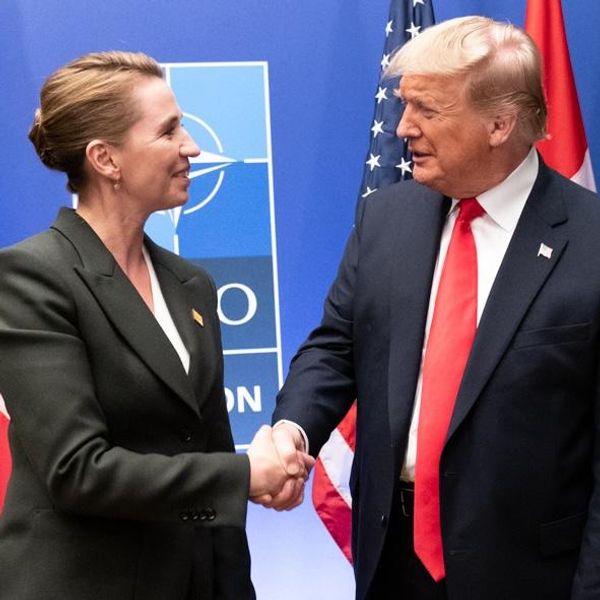At 4 p.m. on Wednesday — “Liberation Day” — President Trump announced the details of his “reciprocal tariff” strategy. He began with a speech that described persistent trade deficits over the last few decades as a sign that other countries were taking advantage of America through tariffs, non-tariff barriers, and currency manipulation.
In an echo of the themes that powered his victory in 2016, he blamed these practices for the deindustrialization of the American heartland and the loss of manufacturing capacity in sectors critical for national security and technological advancement.
The president then unveiled a scheme of tariffs remarkable for its complexity and for its impact on the international trading architecture. The levies on each country were said to be based on a quantified estimate of the tariff equivalent of all its “objectionable practices” — tariffs, non-tariff barriers, value-added taxes (sales taxes levied by national governments on both domestic and foreign production), alleged currency manipulation etc.
However, there were suggestions, (confirmed here) that the tariffs were based on a simpler metric — the size of a country’s bilateral trade surplus with the U.S. as a percentage of exports, thus treating purportedly “missing imports” as a measure of all barriers to trade. Among other things the implication from the methodology is that in an ideal world, a country should have absolutely balanced trade not just across all its trading partners, but even with each single trading partner, perhaps an unrealistic expectation.
Finally, there is also a floor of a 10% tariff on all countries covering those that run bilateral trade deficits with the U.S. The range of tariffs runs from the minimum of 10% for many countries (that are not enumerated in the linked annex) to 49% in the case of Cambodia, 48% for Myanmar, 46% for Vietnam, 45% for Laos, 44% for Sri Lanka, and 37% for Bangladesh. Among larger trading partners, the tariffs are set at 34% for China, 24% for Japan, and 20% for the EU. This set of tariffs is also additive to those already levied, particularly significant in the case of China, whose exports will now face a minimum tariff of at least 54%.
For the global trading system, the introduction of bilateral tariffs across all products at the country level undoes a principle that has governed trade for decades. This is the idea of Most Favored Nation (MFN) status, i.e., that subject to certain limited exceptions (such as within a free trade area), a country should levy the same tariff on the same product across all its trading partners. The effect is to dynamite a cornerstone of global trade law, a system that grants formal juridical equality to countries rather than reflecting sheer size and market power.
The reciprocal tariff measures increase the distance between the U.S. and the World Trade Organization (WTO), and they come a little more than a week after America suspended its payment of dues to the entity. As the U.S. increasingly withdraws from the system, it remains to be seen whether other countries can revitalize the WTO as a dispute-resolution mechanism, perhaps by using its opt-in binding arbitration system, the MPIA, of which Brazil, Canada, China, the EU, Japan, and Mexico (among others) are members. The tariffs will likely weaken U.S. diplomatic efforts to present “Chinese overproduction” as the biggest threat to the system.
Within the U.S., the tariffs are likely to push up inflation significantly, particularly in the near term, both from price increases and from shortages resulting from the scrambling of supply chains. And even though the tariffs have been announced, it remains unclear whether they will remain where they are or function as a bargaining chip, exacerbating consumer and business uncertainty, thus feeding into subdued investment prospects.
The moves are also likely to have significant, yet differentiated, impact across the countries of the Global South. As noted above, some of the highest tariff rates are among lower income developing countries in South and Southeast Asia like Cambodia or Sri Lanka. However, tariffs on African countries like the DRC at 11%, Cameroon at 12% or Chad at 13% are significantly lower.
The high tariffs in Southeast Asia capture how countries in that region have serially pursued a successful development strategy based on inbound investment that has integrated them in global manufacturing supply chains. This is a development pathway that has had the benefits of simultaneously raising incomes and the technological complexity of the export mix in countries like Malaysia.
It has also conferred balance of payments resilience, a theme explored here, and one of critical importance in the region that suffered a deep financial crisis in 1997-98.
Conversely, many African countries get the benefit of lower tariffs but that is in many instances a reflection of their dependence on commodity exports, a factor that also accounts for the limited number of South American countries hit with high tariffs. In effect the U.S. tariffs could cut off a successful development path unless other more industrialized economies are willing to absorb imports and leave “room” for poorer exporters in more rudimentary industries.
If not, poorer countries with less technologically developed production structures could find themselves stuck in a low-income trap subject to periodic financial crises, an outcome with both humanitarian and security implications. The tariffs are also not a good omen for the African Growth and Opportunity Act, a U.S. measure that provides duty free access for an expanded range of products to poor African countries that is up for renewal later this year.
There may be a handful of (relative) winners here, like Brazil — which has been hit with only the minimum 10% tariffs and whose giant agricultural sector might benefit if countries retaliate against American farm exports.
The tariffs have also hit America’s wealthier trading partners, who face several quandaries. One is whether to retaliate and how, particularly since the White House has threatened that retaliation will lead to higher tariffs. Another is whether (and how) to treat the interconnection of security and economic linkages. This might be easier for Europe, since the U.S. has signaled repeatedly that it wishes to see the continent do more for its own security, even as the EU is being hit with slightly lower tariffs (20%) than key U.S. allies in East Asia (24-32%).
Europe’s largest economy, Germany, is increasing defense expenditures, which could act (in aggregate) as a macroeconomic offset to the impact of tariffs, thus making the security and economic response mutually consistent. Political and diplomatic calculations in East Asia could be more complex given that they are more dependent on exports to the U.S. and have high levels of interconnectedness with China, even as the U.S. pivots towards regarding the region ever more as its primary strategic theater.
Canada and Mexico have not been hit by reciprocal tariffs, however, with the latter being particularly interesting, as it has replaced China as the largest trading partner in recent years. The U.S. ran a bilateral deficit of $172 billion with Mexico last year. Trump excoriated the NAFTA agreement yesterday and he has not exempted either country from his tariff wrath. Since his inauguration, he has targeted both Canada and Mexico on the issues of migration and narcotics, and has subjected them to steel and aluminum and automobile tariffs.
Yet, their exemption from this round suggests at least some recognition of the extent to which automotive supply chains are integrated in North America, even if he seems inclined towards disintegrating them over the medium-term.
In his actions on automotive tariffs announced on March 26, Trump exempted auto parts for now, but also imposed tariffs on all non-U.S. content embedded in imports within USMCA. This is formally at odds with the agreement, where such content should be exempt if 40-45% of the automobile is made by workers making 16 dollars an hour.
The goal appears to be to force a return of large portions (if not all) of automotive supply chains back to the U.S. It remains to be seen how these aims will be viewed in Canada and Mexico given that the USMCA faces a review to be completed by July 1, 2026.
Even so, the slightly different treatment of USMCA partners may suggest a desire to finesse the choice between aiming for reshoring entirely within the U.S. or permitting some “nearshoring” where American manufacturers have been deeply engaged for long. On this, as on many other issues, uncertainty seems to be the dominant outcome of yesterday’s announcement.
- Trump should take the victory in Canada and move on ›
- Emergency! Trump's use of extraordinary powers for tariffs ›
















